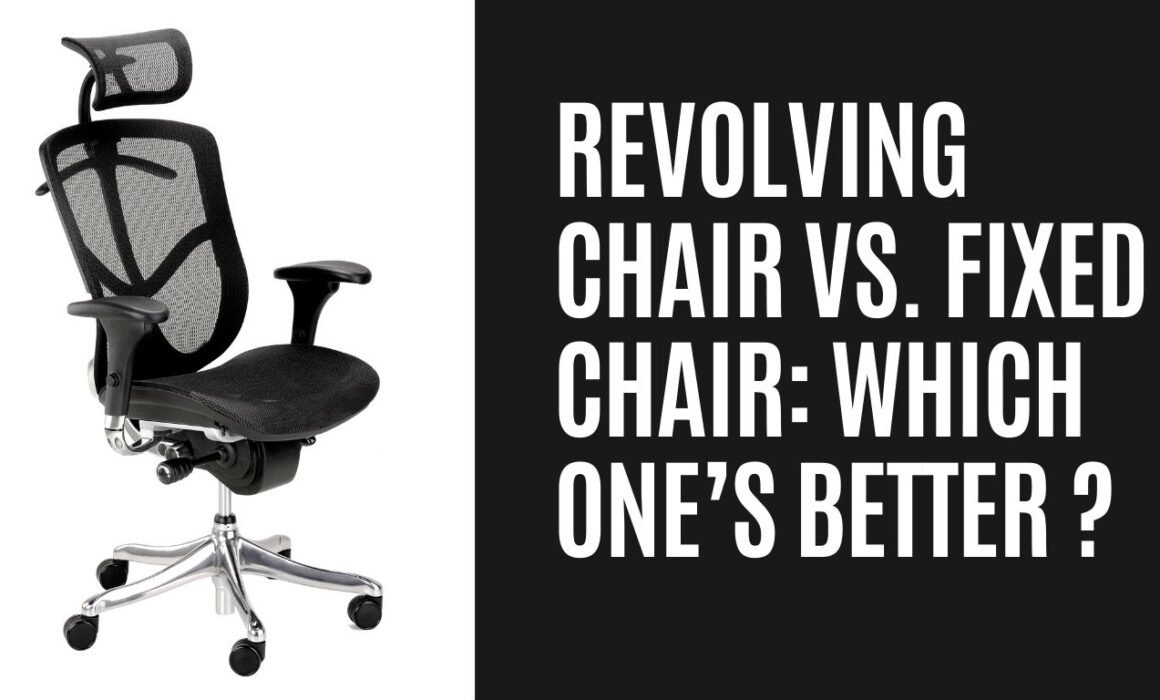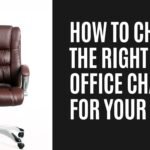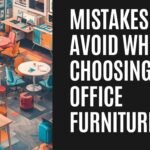Revolving Chair vs. Fixed Chair: Which One’s Better for Everyday Use?
Most of us don’t really think about chairs until we’re stuck in one. A few hours into a workday, and suddenly the seat you picked becomes a big deal. That’s when the whole revolving chair vs fixed chair question shows up.
I’ve sat on both plenty of times, and let me tell you, they feel totally different once you’ve been in them longer than 20 minutes. So, which one actually makes sense?
Let’s go step by step.
Why People Love Revolving Chairs
The revolving chair is basically the “office classic.” It spins, it usually rolls, and most modern ones let you adjust the height. Some even tilt or have armrests you can move around.
The Big Deal: Freedom
You don’t have to keep twisting your body or standing up just to grab something nearby. And, honestly, if you’re working at a desk all day, that saves your back.
Most of these chairs are also designed with comfort in mind padded seats, lumbar support, adjustable everything. That’s why people often call it the best chair for office setups.
Downsides of Revolving Chairs
- Wheels get wobbly over time
- The swivel sometimes loosens
- Cheap models can squeak within a year
- A good ergonomic revolving chair isn’t always cheap
The Case for Fixed Chairs
Fixed chairs are the “sit and forget” type. No wheels, no spinning, no moving parts. Just plain solid seating.
The Good Part: Durability
They last longer because there’s nothing much to break. They’re also affordable, which is why you’ll find them in classrooms, cafeterias, and waiting areas.
The Catch: Comfort
Try sitting in one for a couple of hours and you’ll probably end up shifting around. They’re fine for occasional use but not great for daily desk jobs.
So… Which One Should You Actually Pick?
It really depends on how you’ll use it:
- Working long hours at a desk → Revolving chair wins
- Need extra seating that’s cheap and tough → Fixed chair works
- Care about posture and productivity → A decent ergonomic revolving chair is worth every rupee
It’s basically a choice between:
- Mobility and comfort (Revolving Chair)
- Simplicity and durability (Fixed Chair)
A Few Buying Tips
When you’re out shopping, don’t just pick a chair because it looks nice. Sit in it. Move around. Imagine yourself on it for hours.
Quick Checklist
- Look for proper back support
- Check padding (thin cushions flatten fast)
- If it’s revolving, test the wheels and height lever
- Metal bases usually last longer than plastic ones
FAQs
Q. Which is better for office use?
Revolving chairs, especially ergonomic ones, are better for long work hours.
Q. Do revolving chairs help posture?
Yes, if they’ve got lumbar support and proper adjustments.
Q. Are fixed chairs good for daily desk jobs?
Not really. They’re better for short-term seating.
Q. How long do revolving chairs last?
Usually 5–7 years with normal use.
Q. What’s the #1 feature to check before buying?
Back support. Everything else is secondary.
Wrapping It Up
The revolving chair vs fixed chair debate isn’t about which is “better” for everyone, it’s about what you actually need.
If you’re at a desk for hours, don’t think twice: a revolving chair is the way to go.
If you just need a spare seat or want something durable and cheap, fixed chairs make more sense.
At the end of the day, the best chair is the one you can sit on without thinking about it. Because if you’re busy noticing your chair, you’re probably not getting much done.






